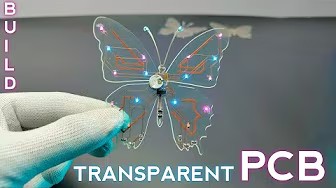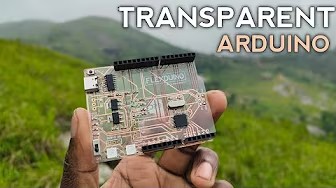Platform for creating and sharing projects - OSHWLab
Activity
More
We invite all electronics enthusiasts to participate in the eventand share your open-source hardware designs. We can cover all the manufacturing fees with the following services: Free PCB/SMT/3D/CNC/MC/Multi-color silkscreen.
OSHWLab Stars
2023-01-01 ~ 2026-12-31in progress

If you are a non-profit organization using EasyEDA Pro for your PCB designs, we invite you to reach out and explore collaboration opportunities with us.
Collaborate with EasyEDA
2024-12-28 ~ 2026-12-28in progress

Receive $20 to $2000 worth of materials to aid your projects. 1. Create video tutorials about EasyEDA Pro (project design sharing, user experience, etc.) 2. Publish on YouTube
Video Creator Program
2024-08-31 ~ 2026-12-31in progress
Collections
More

185 project in total
Enter the Collection >
32 project in total
Enter the Collection >

Videos
MoreForums
MoreLatest Reply:
5 days agoYou are using SN74LVC1G14DBVR which is Single Schmitt-Trigger Inverter. That of course inverts the signal that comes from the MCU and Schmitt-Trigger creates a hysteresis on the PWM, which is not quite optimal. I guess that is problem nr. 1 here.
I would suggest using a proper gate driver ICs to operate your MOSFETs more efficiently.
I would like to see the layout, there might be other factors that severely limits your MOSFET control capabilities. Can you invite me to that project to review the layout?
Regards,
Markus Virtanen
HW / Electronics Designer
Featured Articles
More Activity
ActivityMaterials application instructions
Introduction: Only support "OSHWLab Stars" projects.
The order amount cannot exceed $5,000
 Technique
TechniqueRoll the Future: Create Smart Timer Dice
Introduction: Welcome to OSHWLab Weekly: Create, Innovate, Explore. Discover projects and master EasyEDA!
 Technique
TechniqueOrdering Boards for OSHWLab Projects
Introduction: Are you new to this hobby, do you want to replicate a community project? Here's the easy way



























